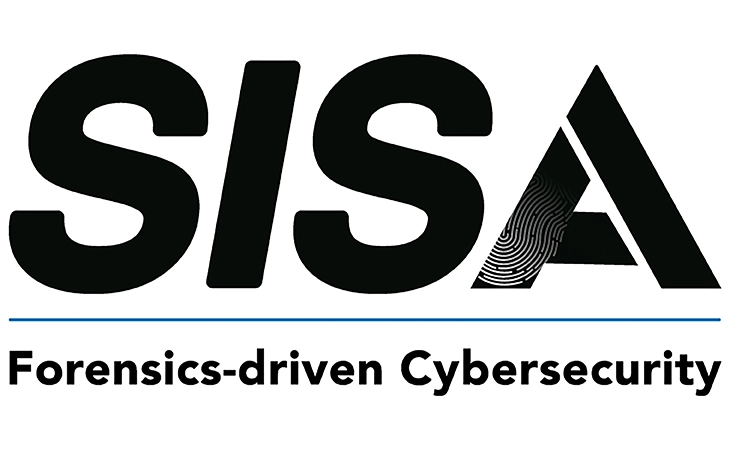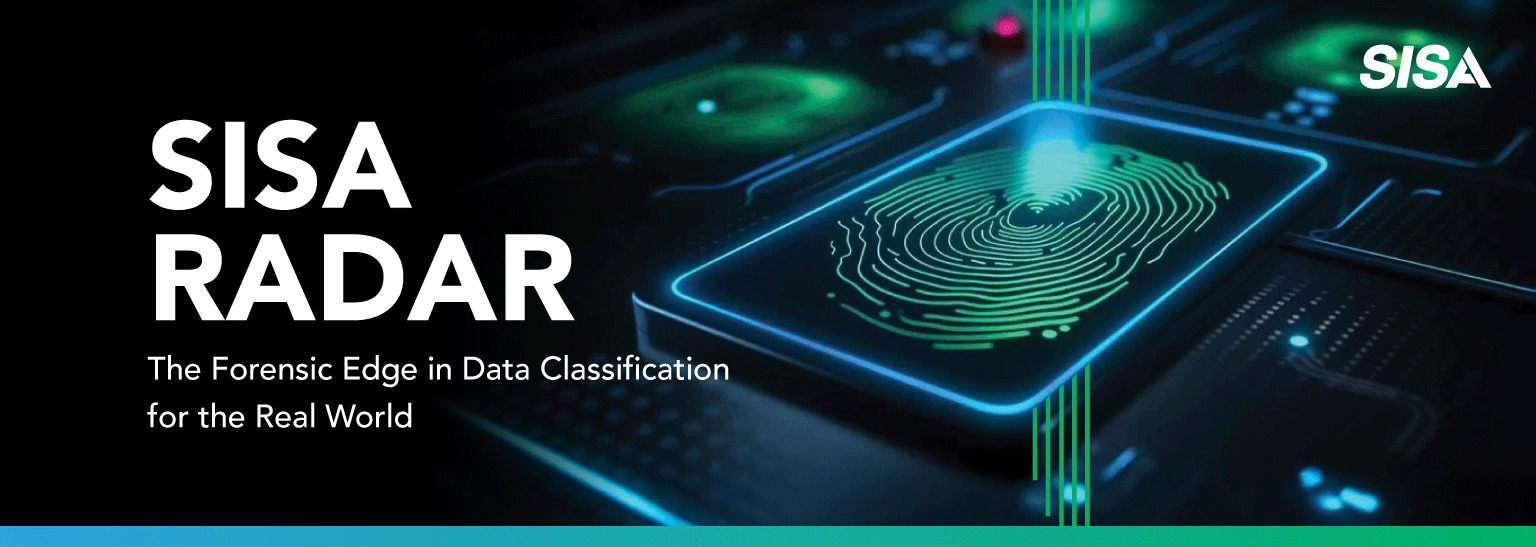
What Is Data Discovery & Classification?
As organizations generate data at unprecedented rates, the pressure is on to understand and manage these growing information assets. But where do you begin when your data is scattered across countless systems and platforms? What tools and strategies can help you gain visibility into your data landscape? Understanding the essential practices of data discovery and classification can help organizations take the first steps towards control of their information assets and reduce compliance risks.
Understanding Your Data Landscape
One of the most important elements of effective data governance is knowing what data you have and where it lives. Data discovery is the systematic process of identifying, locating, and cataloging data across your entire technology ecosystem. Think of it as creating a comprehensive map of your information assets, revealing not just what data exists, but how it’s structured and where it flows through your systems.
This process involves automated scanning tools that traverse networks, databases, file systems, and cloud storage to identify data repositories. Metadata extraction captures critical details about each dataset, while data profiling analyzes actual content to understand quality, patterns, and relationships. Modern organizations face unique challenges here – data sprawls across on-premises systems, multiple cloud platforms, SaaS applications, and edge devices, making comprehensive visibility increasingly difficult.
Classification: The Critical Next Step
Once you’ve discovered your data, the next challenge is understanding what type of information you’re dealing with. Data classification is the systematic categorization of data based on its sensitivity level, business value, and regulatory requirements. This isn’t just an academic exercise – proper classification drives every subsequent security and governance decision.
Most organizations adopt a tiered approach: public data that can be freely shared, internal data meant for organizational use, confidential data requiring special handling, and restricted data representing the most sensitive information like PII or trade secrets. Classification schemes like these provide the foundation for risk-based data protection, ensuring that your most sensitive information receives the strongest safeguards.
Why This Matters for Your Organization
The importance of data discovery and classification extends far beyond simple organization. Regulatory compliance represents perhaps the most immediate driver. Frameworks like GDPR, CCPA, and HIPAA require organizations to demonstrate detailed knowledge of what personal data they collect, where it’s stored, and how it’s protected. Without proper discovery and classification, achieving compliance becomes nearly impossible.
From a security perspective, you cannot protect what you don’t know exists. Classification enables appropriate security controls, ensuring that highly sensitive data receives stronger protection than less critical information. This risk-based approach optimizes both your security posture and resource allocation, delivering better protection at lower cost.
Implementation Strategy and Tools
Transitioning to comprehensive data discovery and classification isn’t something that can be done overnight, especially for large organizations with complex IT infrastructures. A phased approach is essential, and starting with high-value or high-risk data sources helps demonstrate value while building organizational capability.
The process typically follows four key phases:
- inventory and scanning to identify data repositories.
- analysis and profiling to understand content and structure.
- classification and tagging to apply appropriate labels.
- ongoing monitoring to maintain accuracy as data changes.
Automated tools leverage machine learning and pattern recognition to process vast amounts of information quickly, though human oversight remains crucial for complex classification decisions.
Key features to evaluate in discovery and classification platforms include support for diverse data sources, accuracy of automated classification, integration capabilities with existing security tools, and the ability to handle both structured and unstructured data effectively.
The Regional Language Challenge
One of the biggest challenges in achieving comprehensive data discovery is the limited support for regional languages in most commercial platforms. The majority of tools are designed primarily for English and major European languages, creating substantial blind spots for organizations operating in diverse linguistic environments.
This English-centric approach creates several critical issues. Tools may fail to properly identify sensitive information written in non-Latin scripts, leading to incomplete classification and potential compliance gaps. Natural language processing models trained primarily on English data struggle with cultural context and linguistic nuances, resulting in false negatives that can expose organizations to risk.
For multinational organizations, this limitation can have serious business impact. Data containing sensitive information in regional languages may go undetected and unprotected, creating security vulnerabilities and regulatory compliance risks. In regions with local language data protection requirements, this gap becomes even more problematic.
Overcoming Implementation Challenges
Proof-of-Concepts (PoCs) are invaluable for testing discovery and classification tools in real-world scenarios before full-scale deployment. These PoCs help organizations assess practical performance, understand integration requirements, and identify potential gaps – particularly around regional language support.
Common challenges include data sprawl across multiple systems, false positives in automated classification, and the need to balance automation with human oversight. Managing classification at scale requires robust processes, clear governance frameworks, and ongoing refinement of classification rules and policies.
Organizations should also consider specialized solutions for regional languages, whether through vendors developing multilingual capabilities or custom development to address specific linguistic requirements.
Building Organizational Capability
One of the most critical success factors is building internal capability and getting leadership buy-in. Executive awareness sessions help decision-makers understand the business value of data discovery and classification, the regulatory requirements driving adoption, and the strategic importance of comprehensive data governance.
Training programs ensure that teams have the necessary knowledge and skills to implement and maintain these practices effectively. This includes understanding classification schemes, using discovery tools, and developing governance processes that can scale with organizational growth.
Learning from real-world implementations is equally important. Case studies and success stories provide valuable insights into practical challenges, implementation strategies, and the tangible benefits organizations achieve. For example, seeing how an American healthcare MNC implemented SISA RADAR to strengthen their data security policy can provide the roadmap and confidence needed for your own implementation journey.
Compliance and Governance Alignment
Aligning discovery and classification practices with existing governance and compliance frameworks is essential. Advisory services can help organizations map data requirements to risk management frameworks, ensuring they meet current and future regulatory standards while demonstrating due diligence in addressing data risks.
This alignment becomes particularly important during audits, where organizations must demonstrate comprehensive understanding of their data landscape and appropriate protection measures.
Moving to comprehensive data discovery & classification
The transition to comprehensive data discovery and classification is complex, but with the right tools, training, and strategic approach, organizations can successfully navigate this challenge. From building internal capability and conducting PoCs to addressing regional language gaps and ensuring governance alignment, the right combination of technology and expertise will ensure your organization is well-prepared for the data governance challenges ahead.
Start by assessing your current data discovery maturity and specific requirements – including linguistic diversity. The path to effective data governance begins with understanding what data you have, where it lives, and how it should be protected.
If you have some more questions or would like to get started on your journey – click here to connect with our team.
Latest
Blogs
Whitepapers
Monthly Threat Brief
Customer Success Stories
 USA
USA India
India APAC
APAC Middle East
Middle East Global
Global






 Facebook
Facebook Linkedin
Linkedin  X
X Youtube
Youtube






